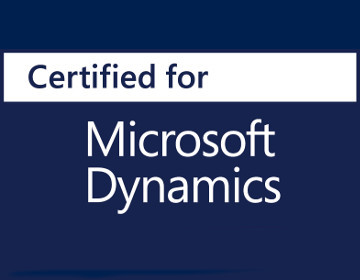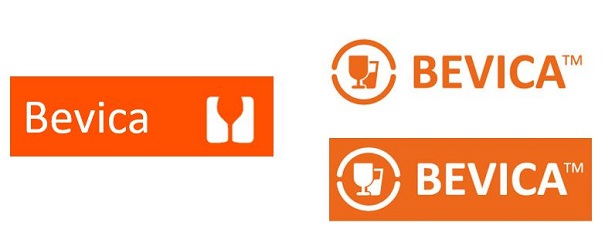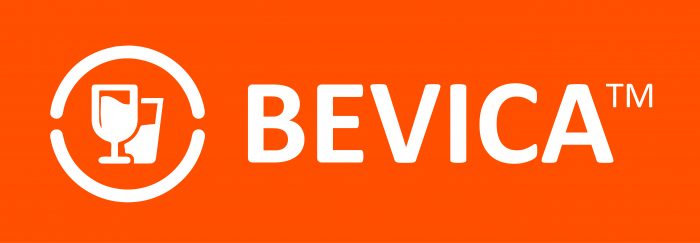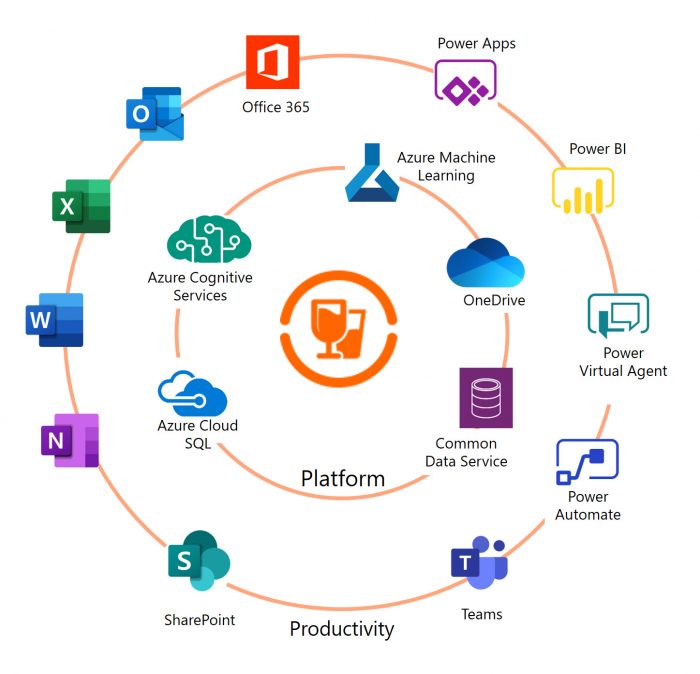This interview was held with Claudio Martell, the Bevica Product Manager at TVision. Bevica has been available in several guises as a solution over the last 15 years, so we felt it was high time that the story of Bevica, its history and development, was written and shared.
As an introduction to Bevica, it is a leading ERP software package powered by Microsoft Business Central SaaS technology. It was designed specifically for the wine sector and already used by many well-known names in the industry. Covering all business areas; highlights include, but is not limited to, a complete finance solution, with duty management, inventory control, warehousing, supply chain management as well as CRM and production.
Now let’s learn more about the Bevica history and where it is going directly from Claudio….
How did you start out in the wine trade?
My first job in the trade was summer student work in a warehouse; picking, packing and as ‘van boy’ helping deliver to restaurants in and around London. After finishing university, I returned and over time worked in logistics and purchasing, and then back in the warehouse managing a Bonded warehouse.

When did you first start using Dynamics NAV?
My first experience of NAV (the new name is now Business Central) was whilst working at Enotria&Coe (then Enotria Winecellars). They were looking for a replacement ERP system, and I was tasked with comparing the available solutions in the market. We soon realised that there was nothing that fitted our needs completely out of the box. We were looking for a package: for the long term, had strong finance and operations capabilities, that could handle warehousing, duty, and the intricacies of drinks distribution. We eventually selected NAV because it provided the best overall package with an intuitive user experience, and most importantly the ability to be modified. We recognised this ability to modify the solution was important not only for the initial implementation, but also going forward so we could keep the system relevant to economic and business changes.
How did you then find yourself at TVision?
After project managing the successful NAV implementation at Enotria&Coe and bedding in the software my curiosity over NAV and its wider capabilities got the better me. Moving to TVision allowed me to build on the knowledge and experience gained during the implementation whilst still keeping one foot in the wine trade.
When did you realise NAV wasn’t sufficient for the drinks trade?
The drinks trade does have some fundamental challenges. In the early days it was primarily about moving stock from A to B whilst managing costs. It was/is heavily impacted by international trade, currency fluctuations, and also duty management. Whilst any decent ERP system can find workarounds to manage these, we built integrated processes that dealt with them efficiently and seamlessly.
The very nature of the wine trade is selling a premium product requiring attention to detail whilst supplying it via ever diverse channels. So this sector lent itself to the capabilities we were able to introduce into NAV. We continuously improved the functionality of “The Wine System”. Over the years, new industry pressures, better customer service, tighter margins, increase in automation and integration have helped to mould the software.
How was The Wine System born?
The Wine System was really born, not out of the functionality itself, but when we realised that we were implementing was industry best practice processes that worked from business to business. Our consultants could implement, support and manage business change quicker and easier. This was because users intuitively recognised the processes we were recommending made sense and solved real-life, practical problems.
How complex was the coding to integrate NAV into The Wine System?
In the annals of history, Navision was designed as a robust ERP system that was designed to be built on. So from that point of view, it was always the perfect software solution to use as a base. Moving forward via NAV to the latest iteration, that ethos has not changed. Business Central is still a brilliant base to build on and the Microsoft ecosystem provides unlimited capabilities. We can concentrate on making changes that make a difference in the drinks industry.
What about CfMD, is it still relevant?
Achieving CfMD for The Wine System / Bevica was an important milestone in the product’s history, from a practical point of view as well as establishing it as a true ‘product’. It made us think about the product differently. We formalised our internal processes in maintaining it, standardising the code and improving our support collateral.
Whilst CfMD itself has disappeared in the SaaS world, we have not forgotten its principles and are always looking at improving the quality of the product both visible and under the bonnet. We don’t just release code. There is a quality control checklist we go through to make sure it meets the latest Microsoft product criteria.

Why did you rename it Bevica?
Our drinks solution gained its original name ‘The Wine System’ because that’s what we referred to it internally. It wasn’t a deliberate decision, more something that just appeared.
As time went on and the solution matured with more companies using it we felt it needed a name that reflected not only the growing capabilities of the NAV platform, but the wider drinks features being built into it.
It took a while, we held a competition open to everyone to try to find a new name, the most memorable one being ‘Winey McWine Face’. Eventually we plumped for Bevica, a short and memorable made up word that hints at Beverages. The Bevica story was developing…..
The new branding name has provided something easily recognisable when trying to explain what the solution does. Alongside the name, the logos were changed and a bright, fun and distinctive colour chosen.


What’s next for the Bevica story?
We have a detailed and ongoing roadmap. It is guided by our customers and pressures from the industry. For example, we built on the standard Business Central APIs and created our own website focussed APIs to incorporate drinks specific requirements like enhanced item information, tasting notes and attributes. There’s a rolling program of work releasing new features monthly, with hotfixes as and when they are required.
How did Business Central affect the evolution of Bevica?
Bevica sits on the Microsoft platform, this is one of its strengths. Just like in any software implementation where you should work with the software rather than against it, in designing Bevica we designed it to the underlying principals in Business Central and Microsoft.
This has meant that Bevica provides a unified experience to users, they don’t necessarily know where Business Central ends and Bevica begins. With little or no additional effort Bevica takes advantage of all the features provided by the Microsoft platform; Office 365, Power Platform, Power BI, etc. This integration has accelerated in recent years with the SaaS environment seeing improvements on a monthly basis.

How complicated was the development/coding moving from on premise to SaaS?
Moving from the on premise environment to SaaS was initially a challenge, we wanted to make sure we could take full advantages of the SaaS world and that we could retain the features and processes we’d established over the years. After a proof of concept project was successful, we went full steam ahead, cherry picking core features that make Bevica, well Bevica. This is an ongoing process, monthly releases are making more and more features available.
How can existing clients transition from on premise to SaaS? What are the differences (if any)?
Bevica is now at a stage that existing on premise clients can migrate to SaaS. Will little or no training required to get up and running on Bevica SaaS, those already using the software will easily recognise how things work. Add to this the benefits of being on SaaS: continual upgrades and new features, easy access to the Microsoft shared platform through Office 365, Power Apps and Power BI Power. Now is the time to move to SaaS.
What kind of businesses should be investing in Bevica SaaS?
Bevica is perfectly suited to forward thinking companies who want a robust system based on the Microsoft ecosystem with Bevica best practise processes and supported by Bevica consultants’ industry knowledge built up over many years.
Learn more about Bevica
For more information about Bevica and how it can help your business, contact us and book a demo.
